How forgotten artists are rewriting global art history's missing chapters
Unearthing hidden voices, reframing artistic legacies, and illuminating forgotten narratives that reshape our understanding of cultural expression.
For centuries, art history has been written through a remarkably narrow lens, one that privileged European male artists while systematically excluding vast swaths of creative production from women, non-Western cultures, and marginalized communities.
The canonical narrative—from Giotto to Picasso, from Renaissance masters to Abstract Expressionists—has long presented itself as universal, yet it represents only a fraction of humanity's artistic achievements.
The Incomplete Narrative
Today, a profound shift is underway as scholars, curators, and institutions work to recover forgotten artists and rewrite the missing chapters of global art history. This process is not merely additive, inserting overlooked names into existing frameworks; rather, it fundamentally challenges our understanding of artistic innovation, cultural exchange, and the very definition of what constitutes significant art.
The rediscovery of forgotten artists reveals how power structures, colonial legacies, and institutional biases have shaped our collective memory. Artists once dismissed or ignored are now recognized as pioneers who anticipated major movements, challenged conventions, and created profound works that deserve central placement in art historical discourse.
This essay examines how these recoveries are transforming our understanding of global art history, the mechanisms that caused these erasures, and the ongoing efforts to construct a more inclusive and accurate historical record.
The Mechanisms of Erasure: Understanding Historical Exclusion
The systematic exclusion of artists from the historical record occurred through multiple intersecting mechanisms. Gender discrimination prevented countless women artists from accessing formal training, exhibiting their work, or receiving critical recognition.
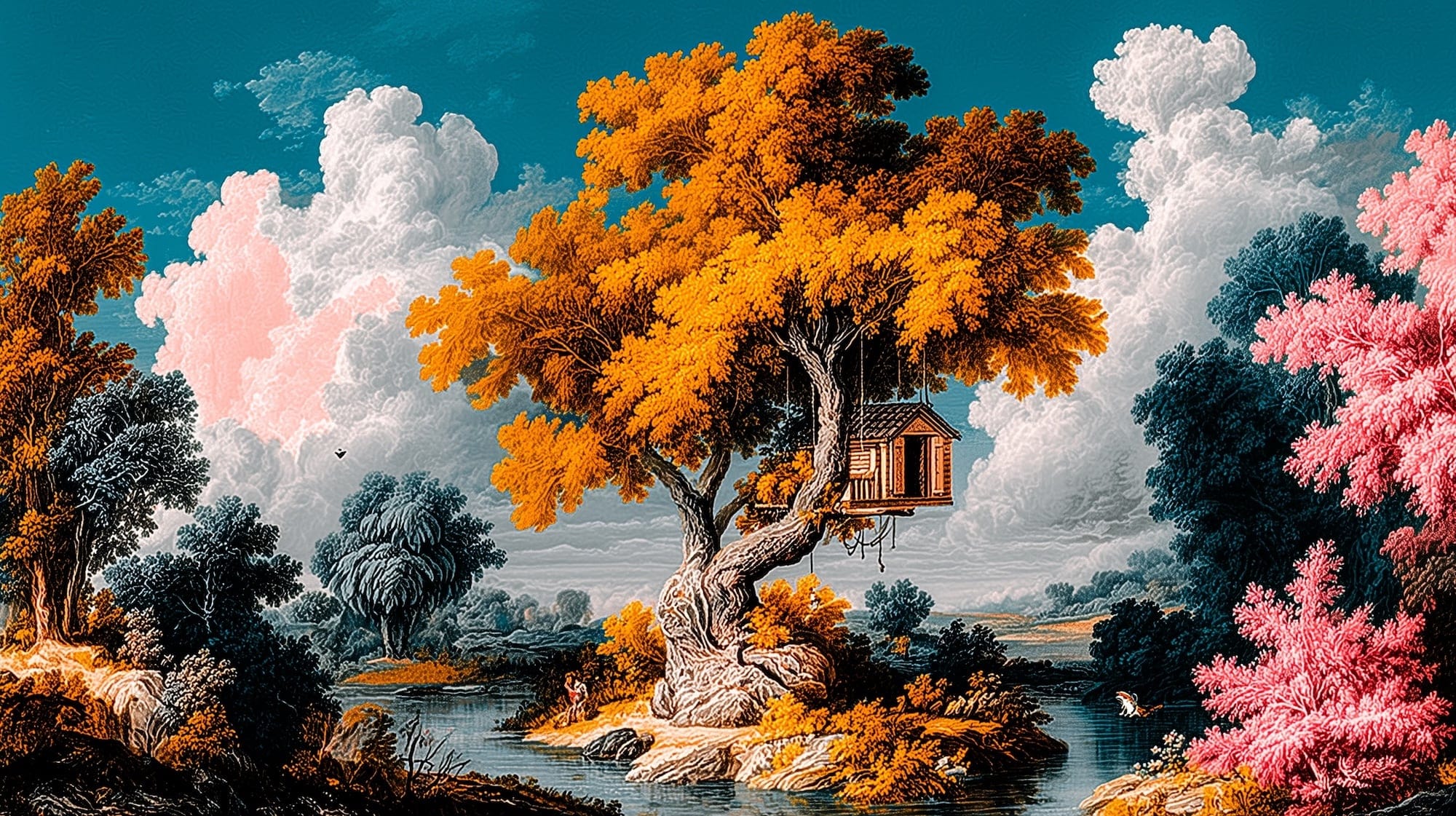
When women did achieve success, their contributions were often attributed to male relatives or teachers, or dismissed as derivative. The 19th-century painter Rosa Bonheur achieved international fame during her lifetime, yet was largely written out of art history in the 20th century. Rosa Bonheur was one of the most famous female painters of the 19th century, known for her realistic animal paintings. Despite her success, including being the first woman to receive the French Legion of Honor, she was marginalized in 20th-century art historical accounts.
Similarly, Baroque painter Artemisia Gentileschi's powerful works were long attributed to her father or other male contemporaries.
Colonial and racial hierarchies created even more profound exclusions. Western art institutions operated under the assumption that non-European artistic traditions were ethnographic artifacts rather than fine art.
African sculptures that directly influenced Picasso and the development of Cubism were displayed in natural history museums, not art galleries. Indigenous artists across the Americas, Pacific Islands, and elsewhere were systematically denied recognition as individual creators; their works were categorized as anonymous "tribal art" or "craft," regardless of their aesthetic sophistication or cultural significance.
Economic factors also played a crucial role. Artists without access to wealthy patrons, commercial galleries, or institutional support struggled to preserve their legacies.
The costs of materials, studio space, and self-promotion created barriers that disproportionately affected working-class artists, immigrants, and those from colonized nations. Without the infrastructure to preserve, document, and promote their work, even highly accomplished artists could vanish from historical memory within a generation.
Institutional practices reinforced these exclusions. Major museums built their collections around Western European art, creating a self-perpetuating cycle where canonical artists received scholarly attention, conservation resources, and exhibition opportunities, while others languished in storage or were never acquired at all.
Art historical scholarship, dominated by European and American academics, focused research and publication efforts on familiar names, making it difficult for outsider voices to break through.
Rediscovering Women Artists: Challenging the Male-Dominated Canon
The recovery of women artists represents one of the most significant developments in contemporary art historical scholarship. Linda Nochlin's groundbreaking 1971 essay "Why Have There Been No Great Women Artists?" sparked decades of research that has fundamentally altered our understanding of art history. Nochlin's essay argued that the absence of great women artists was not due to lack of talent but to institutional and social barriers that prevented women from accessing the same training, resources, and recognition as their male counterparts.
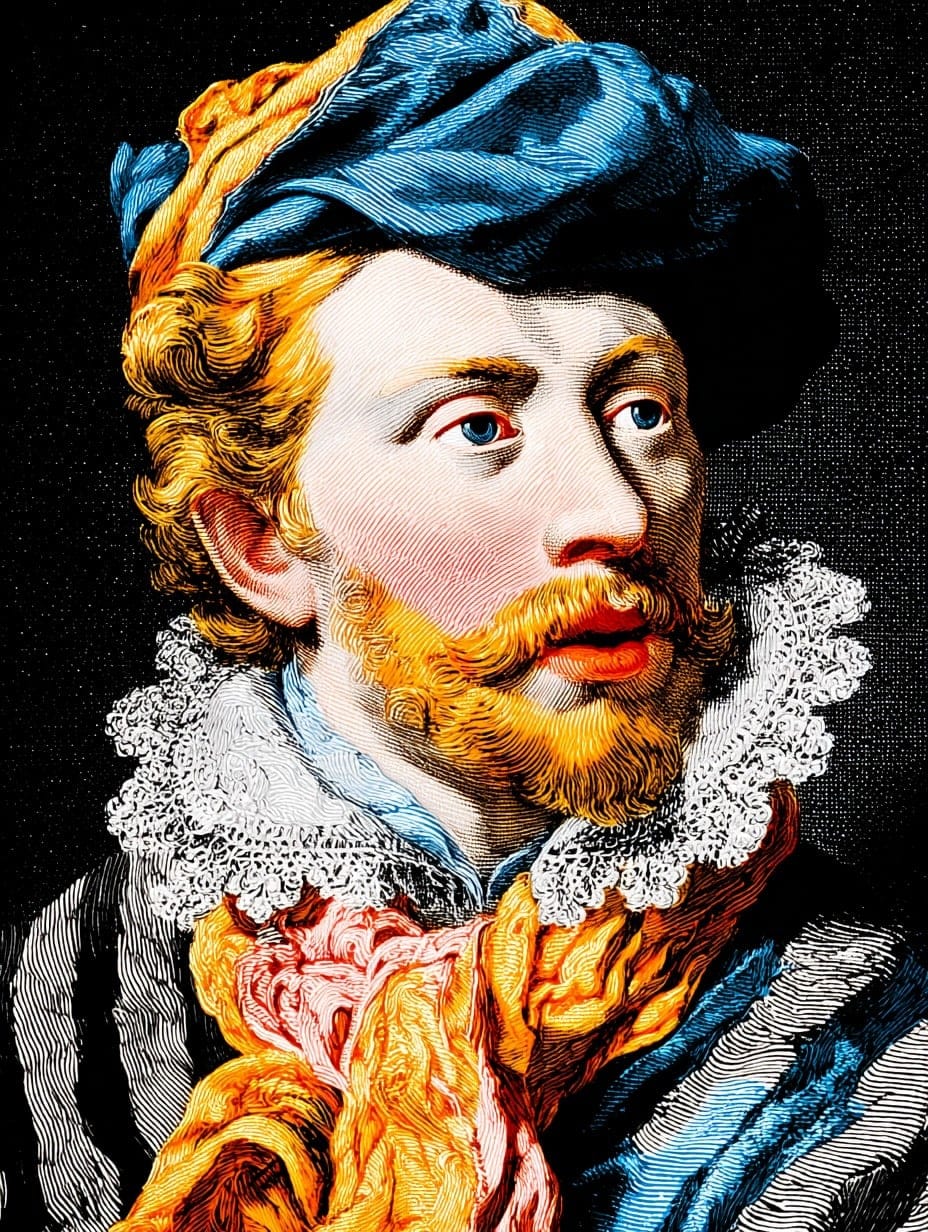
Scholars have since uncovered countless women who were celebrated in their own time but systematically erased from subsequent historical narratives.
The rediscovery of Hilma af Klint exemplifies this transformation. The Swedish artist created abstract paintings as early as 1906, years before Wassily Kandinsky, often credited as the father of abstract art.
Af Klint's spiritually-inspired geometric compositions remained largely unknown until the 1980s, partly because she stipulated that her abstract work not be shown for twenty years after her death. When finally exhibited, her paintings challenged the foundational narrative of abstract art's origins and demonstrated that the movement's genesis was more complex and globally distributed than previously understood.
Similarly, the American painter Alma Thomas, an African American woman who began her professional career at age 68, created vibrant abstract works that anticipated color field painting. Her exclusion from major exhibitions and collections during her lifetime reflected the compounded discrimination she faced as both a woman and a person of color.
Recent retrospectives and scholarly attention have revealed her significance as an innovator who deserves placement alongside the Abstract Expressionists and Color Field painters of her era.
The Guerrilla Girls, an anonymous feminist activist group formed in 1985, have been instrumental in highlighting these disparities. Their provocative statistics—revealing that less than 5% of artists in major museum collections were women, while 85% of nudes were female—forced institutions to confront their biases. The Guerrilla Girls' 1989 poster asking "Do women have to be naked to get into the Met. Museum?" became one of the most iconic works of feminist art activism.
This activism, combined with rigorous scholarship, has led to major retrospectives, acquisitions, and reassessments that are gradually correcting the historical record.
Decolonizing Art History: Centering Non-Western Perspectives
The decolonization of art history involves more than simply adding non-Western artists to existing narratives; it requires fundamentally rethinking the frameworks through which we understand artistic achievement.
For too long, Western aesthetic standards were presented as universal measures of quality, while Indigenous, African, Asian, and other artistic traditions were evaluated according to their influence on or resemblance to European art movements.
The recognition of Aboriginal Australian artists like Emily Kame Kngwarreye demonstrates this shift. Kngwarreye began painting in her late seventies and produced thousands of works over eight years until her death in 1996.
Her large-scale abstract canvases, rooted in her Anmatyerre cultural knowledge and connection to country, were initially marketed to Western audiences through comparison with Western abstractionism. However, contemporary scholarship increasingly recognizes that her work should be understood on its own terms, emerging from thousands of years of Indigenous artistic practice rather than as a late development influenced by Western modernism.
Similarly, the elevation of African modernists like Ibrahim El-Salahi from Sudan and Uche Okeke from Nigeria challenges the notion that modernism was exclusively a Western phenomenon. These artists developed sophisticated visual languages that drew from their cultural traditions while engaging with contemporary global conversations.
Their exclusion from mainstream art history reflected colonial assumptions about where innovation could occur, rather than any lack of aesthetic achievement.
The recovery of Indian modernists such as Amrita Sher-Gil, often called "India's Frida Kahlo," further complicates simplistic East-West binaries. Sher-Gil, who died at 28 in 1941, synthesized European academic training with Indian artistic traditions and subject matter, creating a unique modernist vision that was neither derivative of Western models nor purely traditional.
Her work demonstrates how artistic innovation occurred through complex transcultural exchanges rather than flowing unidirectionally from Europe outward.Sher-Gil trained at the École des Beaux-Arts in Paris before returning to India, where she developed a distinctive style that merged European modernist techniques with Indian miniature painting traditions and depicted the lives of ordinary Indian people.
Intersectional Recoveries: Artists at Multiple Margins
Artists who occupied multiple marginalized identities faced compounded erasure, making their recovery particularly significant for understanding the true breadth of art historical production.
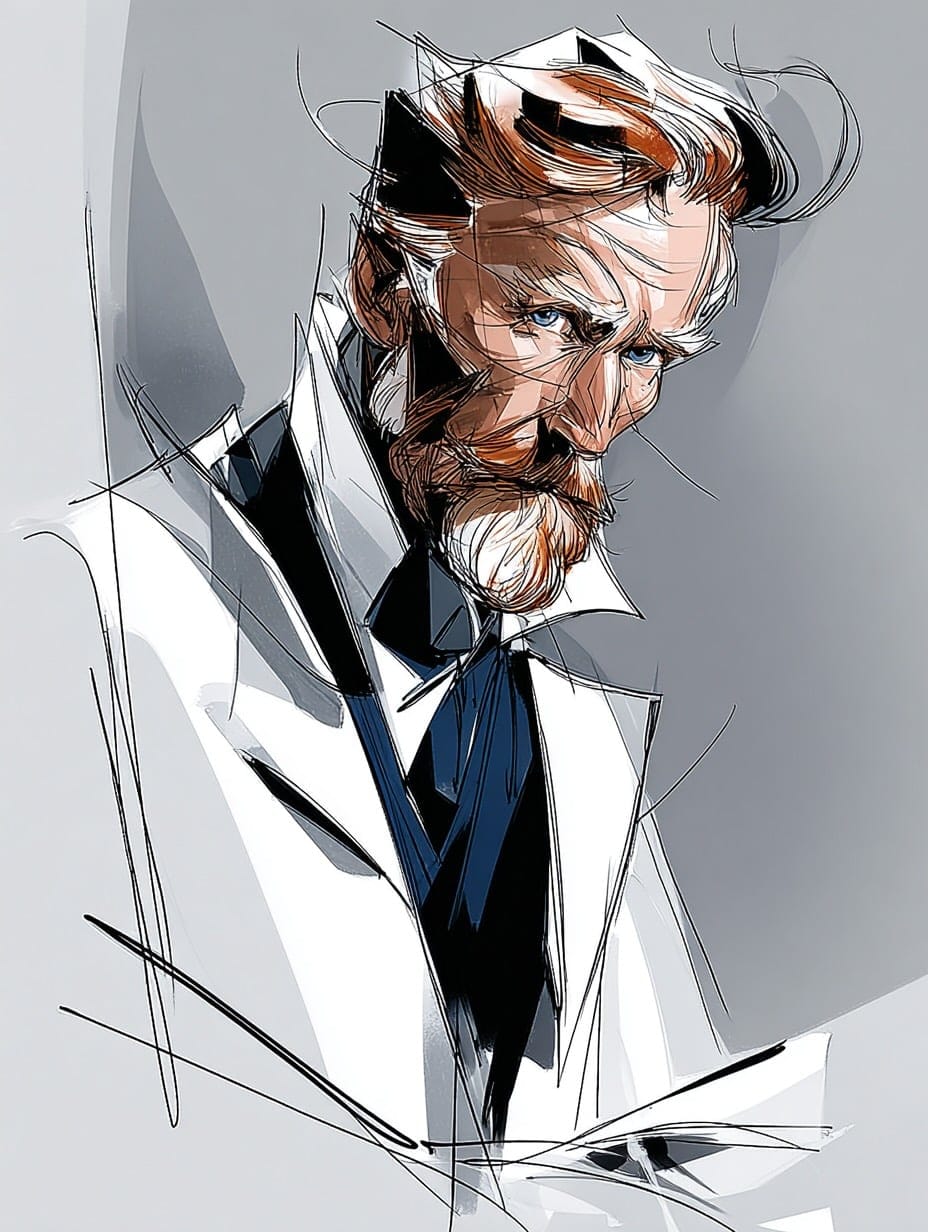
The sculptor Edmonia Lewis, a woman of African American and Native American heritage working in the 19th century, achieved remarkable success in Rome yet was largely forgotten until recent decades. Her neoclassical sculptures addressing themes of emancipation and Indigenous rights demonstrate sophisticated engagement with both aesthetic traditions and social justice issues.
Similarly, the discovery of Amelia Peláez, an Afro-Cuban artist who trained in Paris but returned to Cuba to develop a distinctive style blending European modernism with Afro-Cuban visual traditions, reveals how artists navigated multiple cultural contexts.
Her exclusion from both Latin American art surveys and discussions of global modernism reflected the difficulty of categorizing work that defied simple geographical or stylistic boundaries.
The intersectional lens also applies to LGBTQ+ artists whose sexual or gender identity contributed to their marginalization. Artists like Claude Cahun, a French photographer and performance artist who explored gender fluidity in the 1920s and 1930s, were dismissed or overlooked partly because their work challenged heteronormative assumptions.
The recovery of such figures not only expands our understanding of artistic innovation but also reveals how sexuality and gender have always been central to artistic production, even when officially suppressed or ignored.
Institutional Transformations: Museums and Academia Respond
Major institutions have begun responding to these recoveries, though progress remains uneven. The Tate Modern's 2020 rehang of its permanent collection, which increased representation of women artists from 21% to 36% and significantly expanded global representation, exemplifies institutional efforts to correct historical imbalances.
Similarly, the Metropolitan Museum of Art's acquisition of works by previously overlooked artists and its commitment to diversifying its collection signals a recognition that canonical revision is essential.
Academic programs have also transformed, with art history curricula increasingly incorporating global perspectives and critical frameworks that examine power, colonialism, and gender. New scholarship employing digital humanities methods has made it possible to track patterns of exclusion quantitatively, providing empirical evidence of systemic biases.
Databases documenting women artists, artists of color, and non-Western artists have become essential research tools, making it easier for scholars to access information about previously obscure figures.
However, challenges remain. The art market's valuation systems continue to privilege canonical Western artists, creating economic barriers to full recognition.
Conservation and preservation resources remain concentrated on established collections, meaning that works by rediscovered artists may deteriorate before receiving proper care.
Additionally, the Western institutional framework itself—with its emphasis on individual authorship, originality, and aesthetic autonomy—may be inadequate for understanding artistic traditions with different values and social functions.Many non-Western and Indigenous artistic traditions emphasize collective creation, cultural transmission, and functional purposes over individual artistic genius and aesthetic contemplation, requiring different evaluative frameworks.
The Politics of Recovery: Who Gets Rediscovered and Why
The recovery of forgotten artists is not a neutral process; it reflects contemporary values, political commitments, and institutional priorities. Artists whose work aligns with current social justice movements or aesthetic preferences may receive attention while others remain obscure.
The emphasis on discovering "the first" abstract artist, "the first" woman photographer, or "the first" modernist from a particular region risks reproducing competitive frameworks that privilege originality over other artistic values.
Furthermore, the language of "discovery" itself can be problematic, implying that artists were truly unknown rather than known within their own communities but ignored by dominant institutions. Many "forgotten" artists maintained local reputations, influenced subsequent generations, and were celebrated within specific cultural contexts even as they were excluded from mainstream art historical narratives.
The recovery process must acknowledge these parallel histories rather than presenting Western institutional recognition as the sole measure of significance.
There is also the question of how recovered artists are presented. When artists are primarily valued for their identity-based significance rather than their aesthetic achievements, this can create a new form of marginalization.
The challenge is to recognize how identity shaped artistic production and reception while also evaluating work according to sophisticated aesthetic and conceptual criteria.
Digital Technologies and Democratized Access
Digital technologies have dramatically accelerated the recovery process and democratized access to art historical knowledge. Online databases, digital archives, and virtual exhibitions have made it possible to view works by obscure artists without traveling to distant repositories.
Social media platforms have enabled scholars, curators, and enthusiasts to share discoveries and build networks around previously marginalized artists.
Projects like the Smithsonian's Archives of American Art and Google Arts & Culture's collaborations with museums worldwide have digitized vast collections, making previously inaccessible works visible to global audiences.
Digital humanities methodologies allow researchers to analyze large datasets, revealing patterns of exclusion and identifying overlooked artists who merit further study. Crowdsourced research platforms enable collaborative scholarship that transcends traditional academic hierarchies.
However, digital access alone cannot solve deeper structural problems. Without accompanying critical frameworks and educational initiatives, increased visibility may not translate into meaningful scholarly reassessment or institutional change.
Additionally, digital archives reflect the biases of their creators; if certain artists were never photographed, documented, or collected, they remain invisible even in digital spaces.
Conclusion
Toward a More Complete History
The recovery of forgotten artists is fundamentally transforming art history, revealing it to be far more diverse, complex, and globally interconnected than previously understood. This process challenges us to reconsider foundational narratives about artistic innovation, to recognize how power structures have shaped historical memory, and to develop more inclusive frameworks for evaluating artistic achievement.

Yet recovery alone is insufficient. True transformation requires ongoing commitment to equity in acquisitions, exhibitions, publications, and educational programs.
It demands critical examination of the categories and hierarchies through which we organize art historical knowledge. Most importantly, it requires humility about how much remains unknown and openness to continued revision as new research emerges.
The missing chapters of global art history are being written, but this is not a finite project with a clear endpoint. Each recovery reveals new gaps, new questions, and new possibilities for understanding humanity's creative achievements.
As we work to construct a more complete and accurate historical record, we must remain vigilant against recreating old exclusions in new forms, ensuring that the art history of the future truly reflects the full spectrum of human creativity across cultures, genders, and geographies.
Subscribe to my newsletter to get the latest updates and news

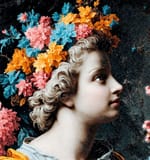





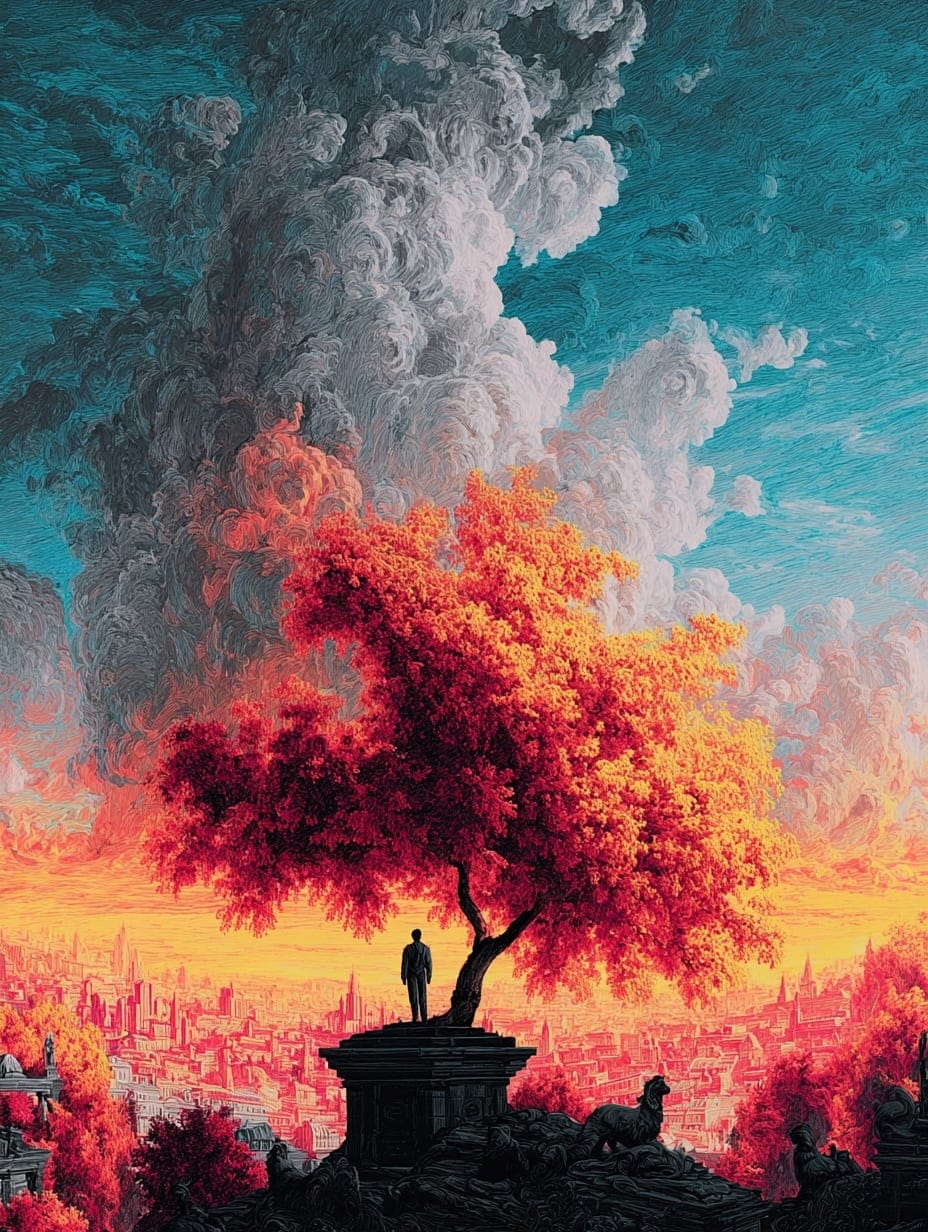
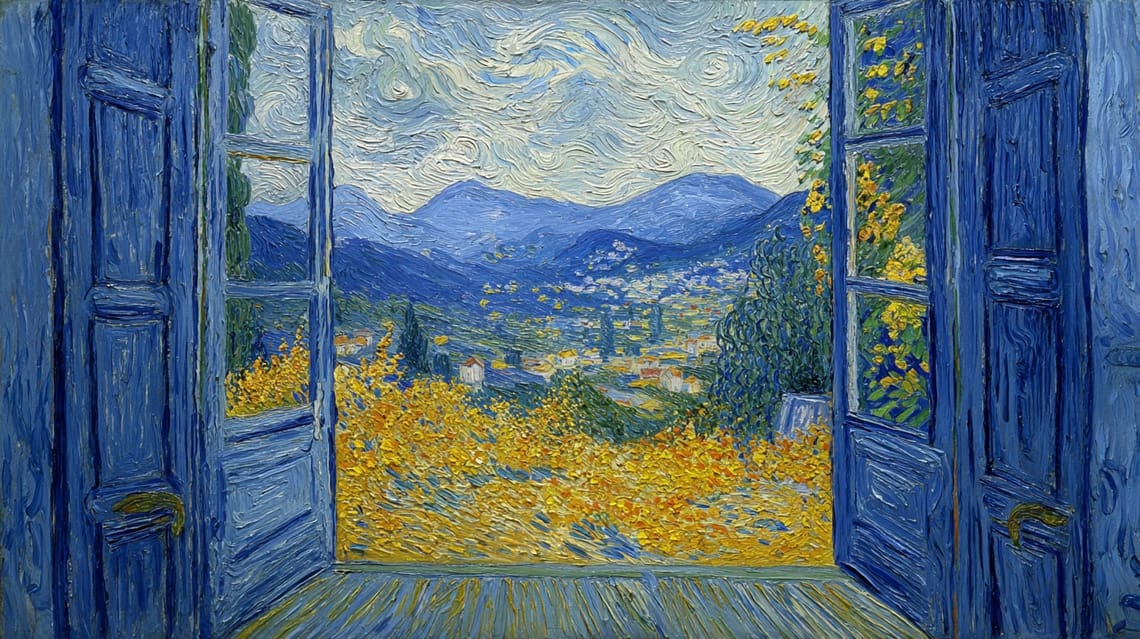



Member discussion